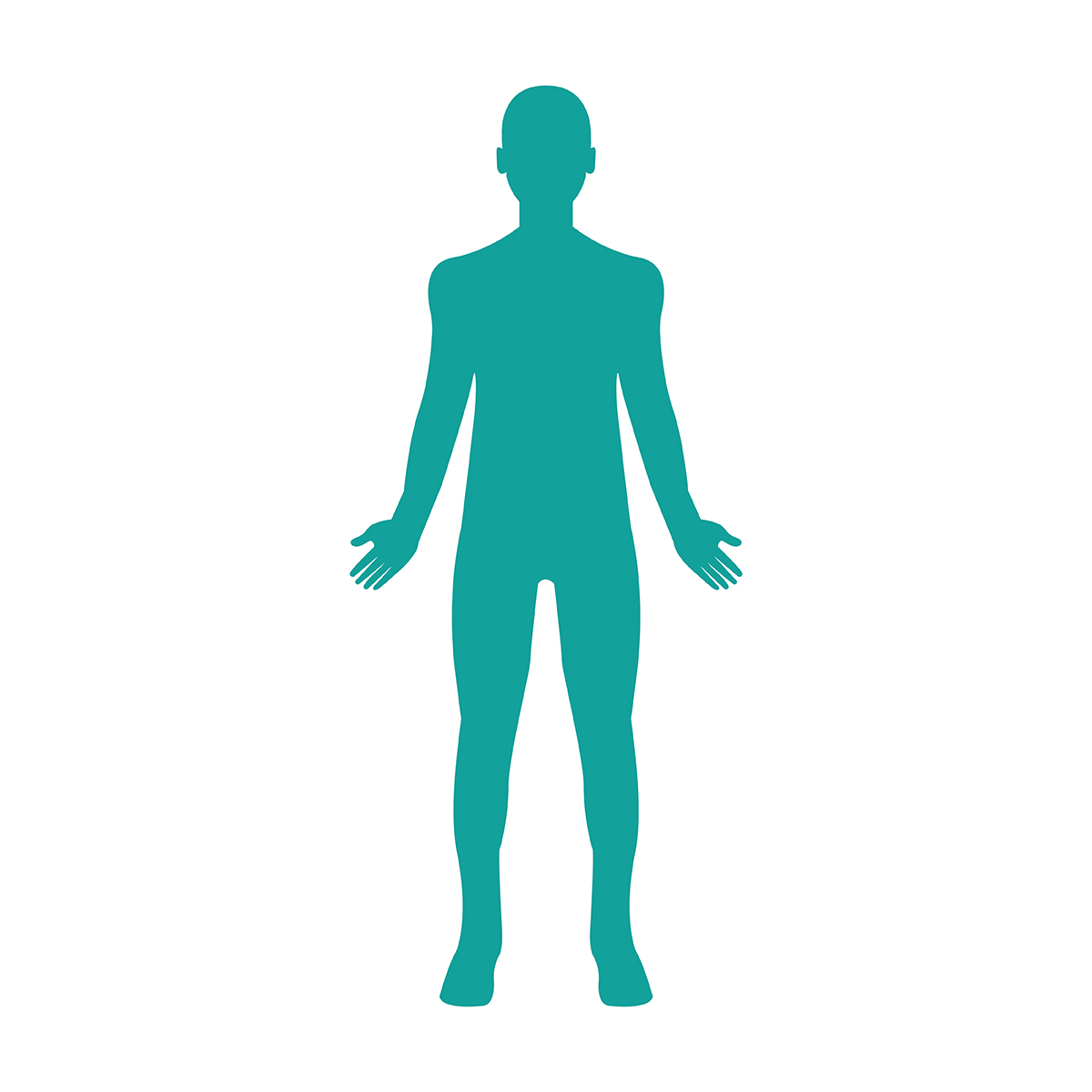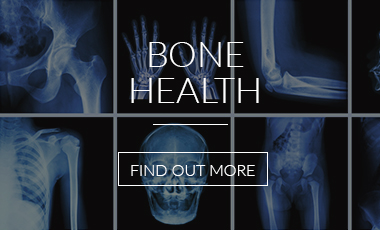‘Shin splints’ refers to pain felt anywhere along the shinbone from knee to ankle. People who play sports that involve a lot of running are particularly prone to this injury. The pain is caused by inflammation of the tendons and muscles that run the length of the shin. One of the most common reasons for this pain is overuse, such as trying to exercise beyond your current level of fitness.
Pain felt on the inner side of the shinbone is called ‘medial shin splints’, while the term ‘anterior shin splints’ refers to pain felt on the outer side. While medial shin splints are more common, pain may be felt on both sides of the shinbone in severe cases. Treatment options include rest, the regular use of icepacks on the affected area, and anti-inflammatory medication such as ibuprofen.
Symptoms
The symptoms and signs of shin splints can include:
- Aches and pains along the shinbone
- The area is tender and sore to touch
- The overlying skin may be red and inflamed
- The pain may be felt before, during or after running
Anatomy of the lower leg
The common term ‘shinbone’ suggests there is only one bone in the lower leg, but there are two: the fibula and the tibia. The muscles of the fibula attach to the ankle and help to move the foot. The muscles on the outer side of the tibia extend over the top of the foot, and help to lift the foot and uncurl the toes. The muscles on the inner side of the tibia extend down behind the ankle and attach across the sole of the foot. These muscles help to curl the toes.
Shin splints can be caused by a number of factors working in combination. These factors include:
Overuse
Exercising too hard, or trying to exercise beyond your current level of fitness, can strain muscles, tendons, bones and joints. Overuse is one of the most common causes of shin splints.
Flat feet
The shin muscles are involved in maintaining the instep or arch of the foot. Flat feet can pull at the shin tendons and cause slight tearing.
Incorrect technique
Poor running form, such as ‘rolling’ the feet inwards (pronation), can strain the muscles and tendons.
High impact activities
The impact of running on hard or uneven surfaces can injure the shin muscles and tendons.
Running shoes
Wearing the wrong type of shoe while running can contribute to shin splints.
Treating shin splints yourself
Home remedies for shin splints include:
- Rest as much as you can
- Apply an icepack to the affected areas for 10 to 20 minutes, about three or four times daily
- Take anti-inflammatory painkillers, such as aspirin or ibuprofen
- Perform low impact activities while you recover, such as swimming
See your doctor
Conditions other than shin splints may be causing your pain. For example, you could be suffering from a stress fracture of the tibia, anterior compartment syndrome or referred back pain. If the pain is severe, or if it doesn’t start to ease after a few days of rest and home treatment, see your doctor for further investigation.
Prevention strategies
Ways to reduce the risk of shin splints in future include:
- Thoroughly warm up before exercising and include plenty of slow, sustained stretches in your cool down
- Incorporate a regular routine of stretching into your fitness program
- Strengthen the muscles of your lower legs with specific exercises
- Choose flat, softer surfaces to run on, such as running tracks or grassy ovals
- Reduce the intensity of your training
- Make sure you wear proper running shoes, and replace them before they wear out
- Cross-train with low impact activities, such as cycling, swimming or walking
Seek advice from health professionals
Podiatrist
You may benefit from special shoe inserts (orthotics) to correct flat feet.
Physiotherapist
For correction of biomechanical factors, such as tight or imbalanced muscles, which may be influencing your running style. Your physio can also provide instruction on how to tape your lower legs and feet prior to running.









